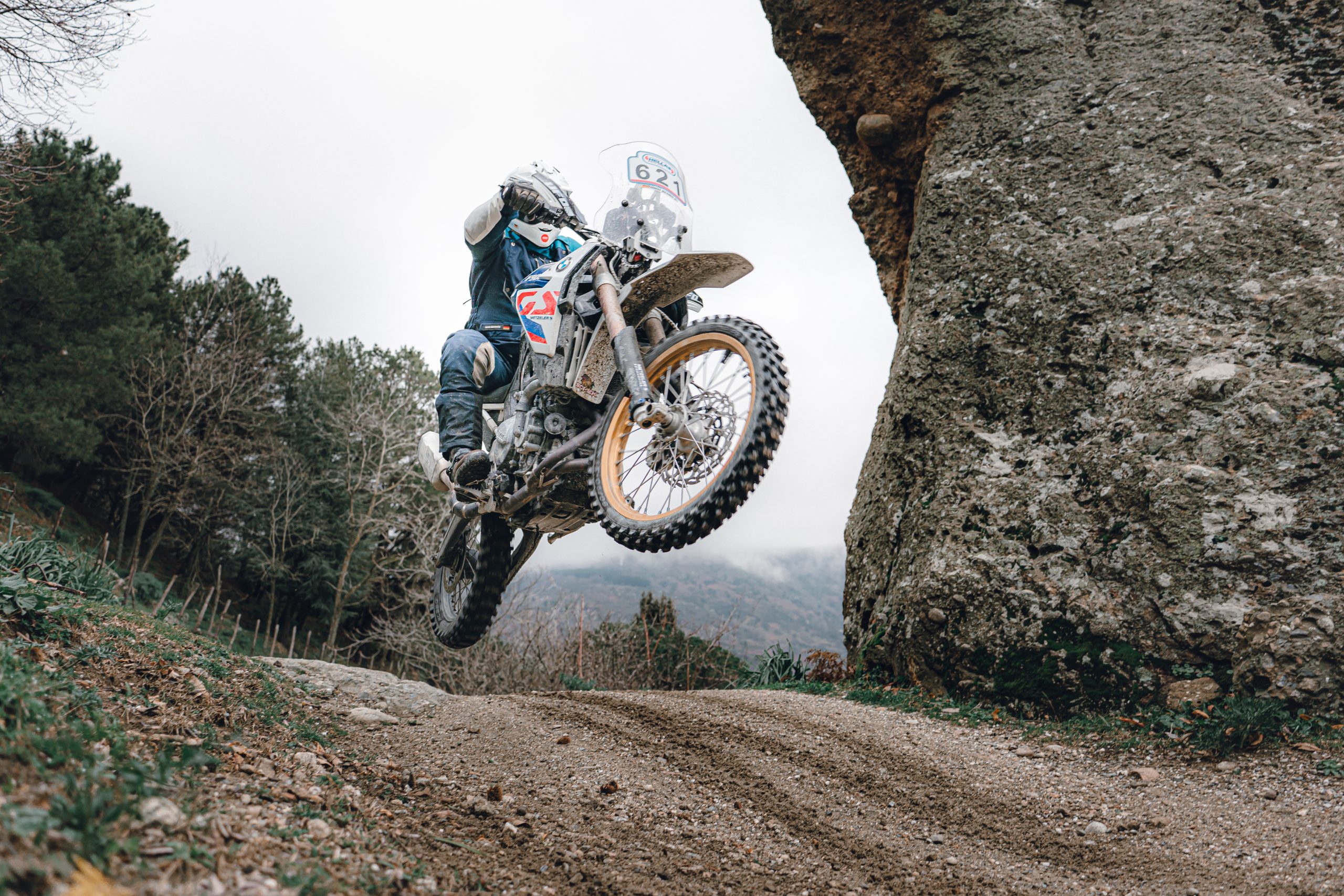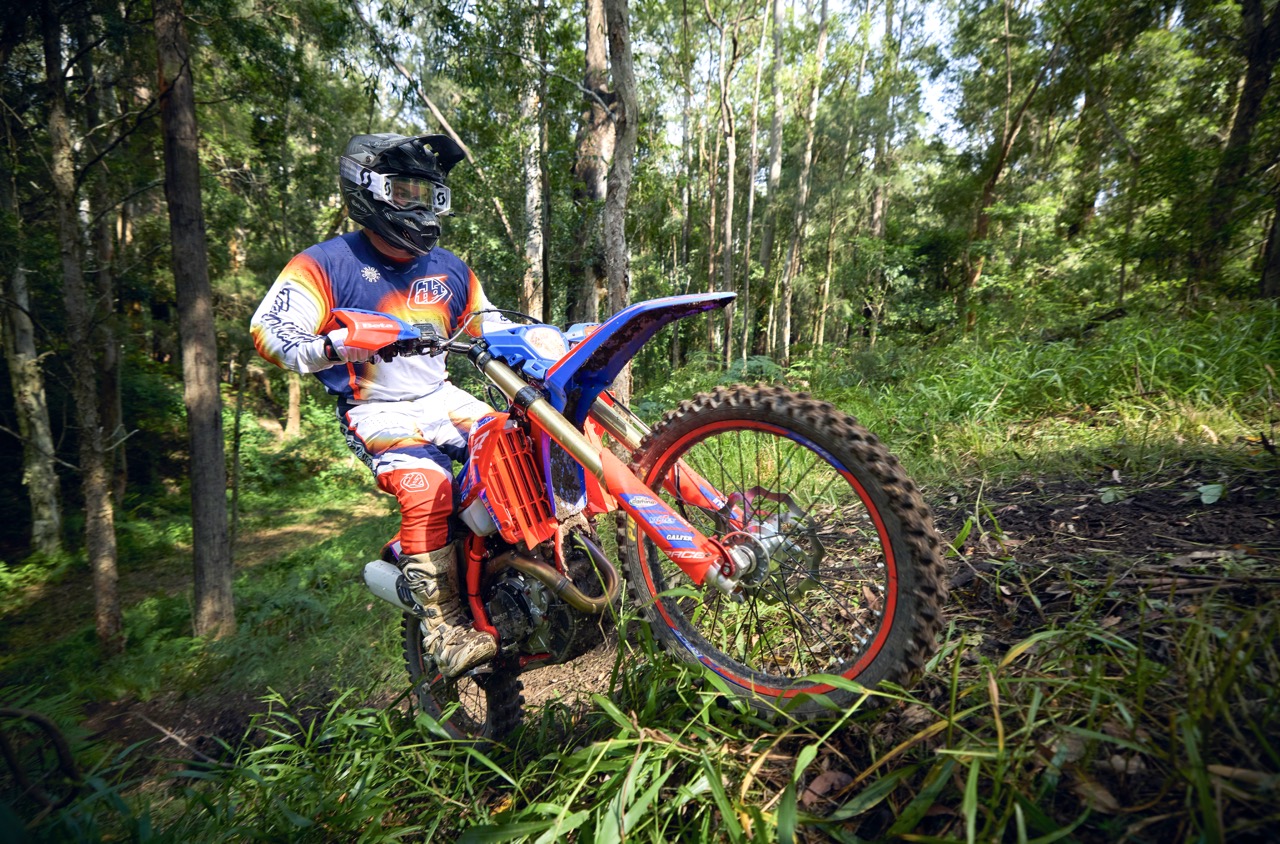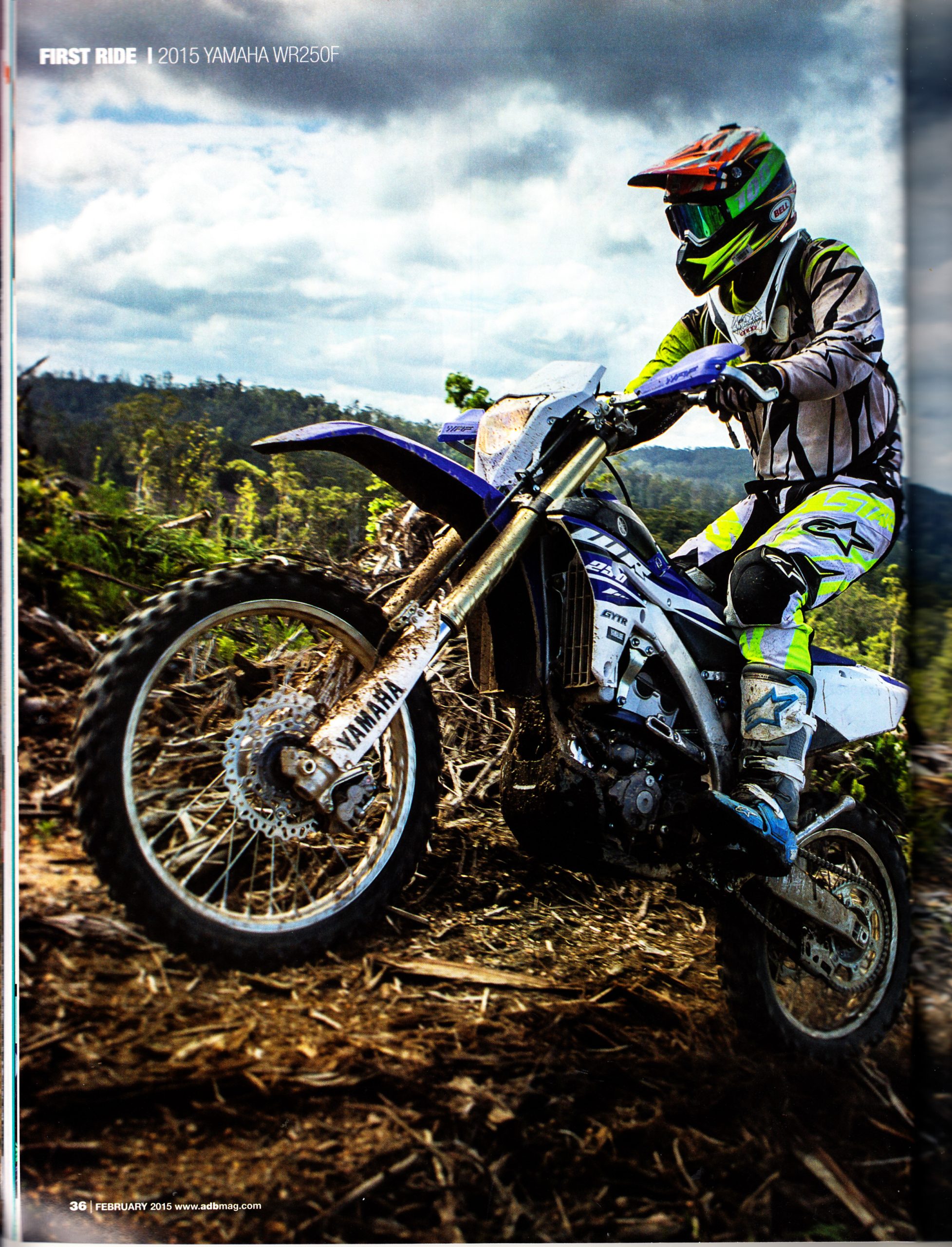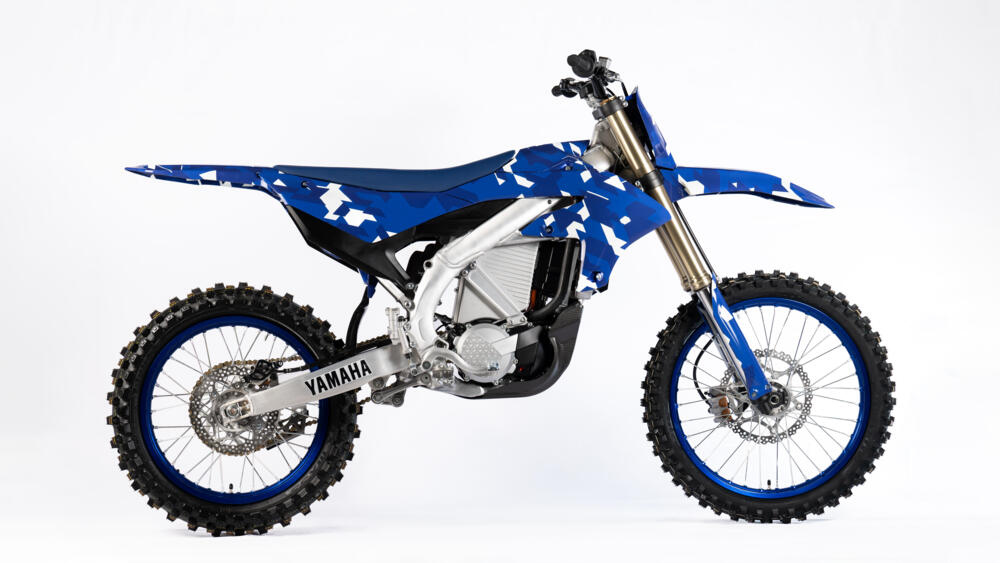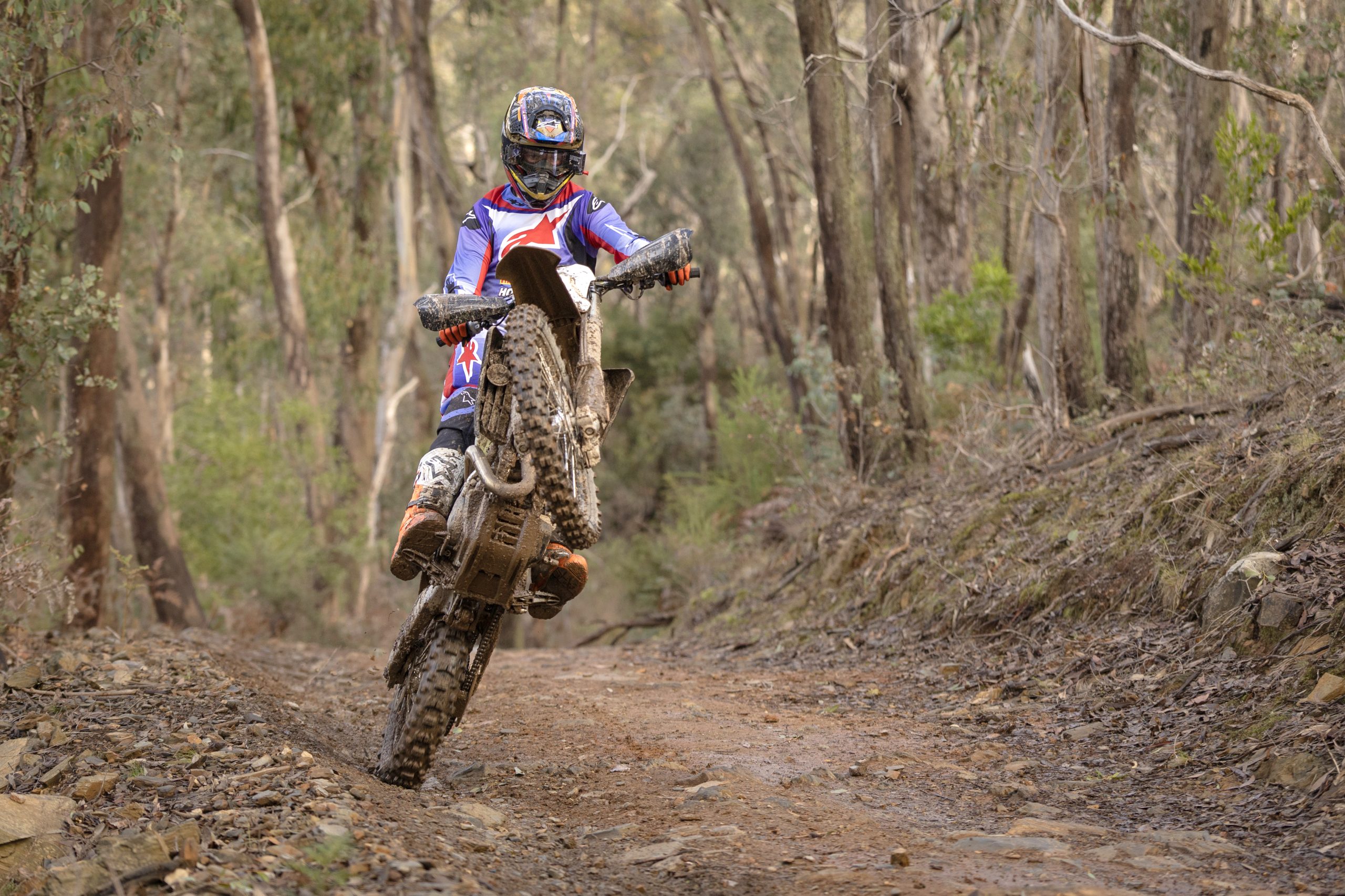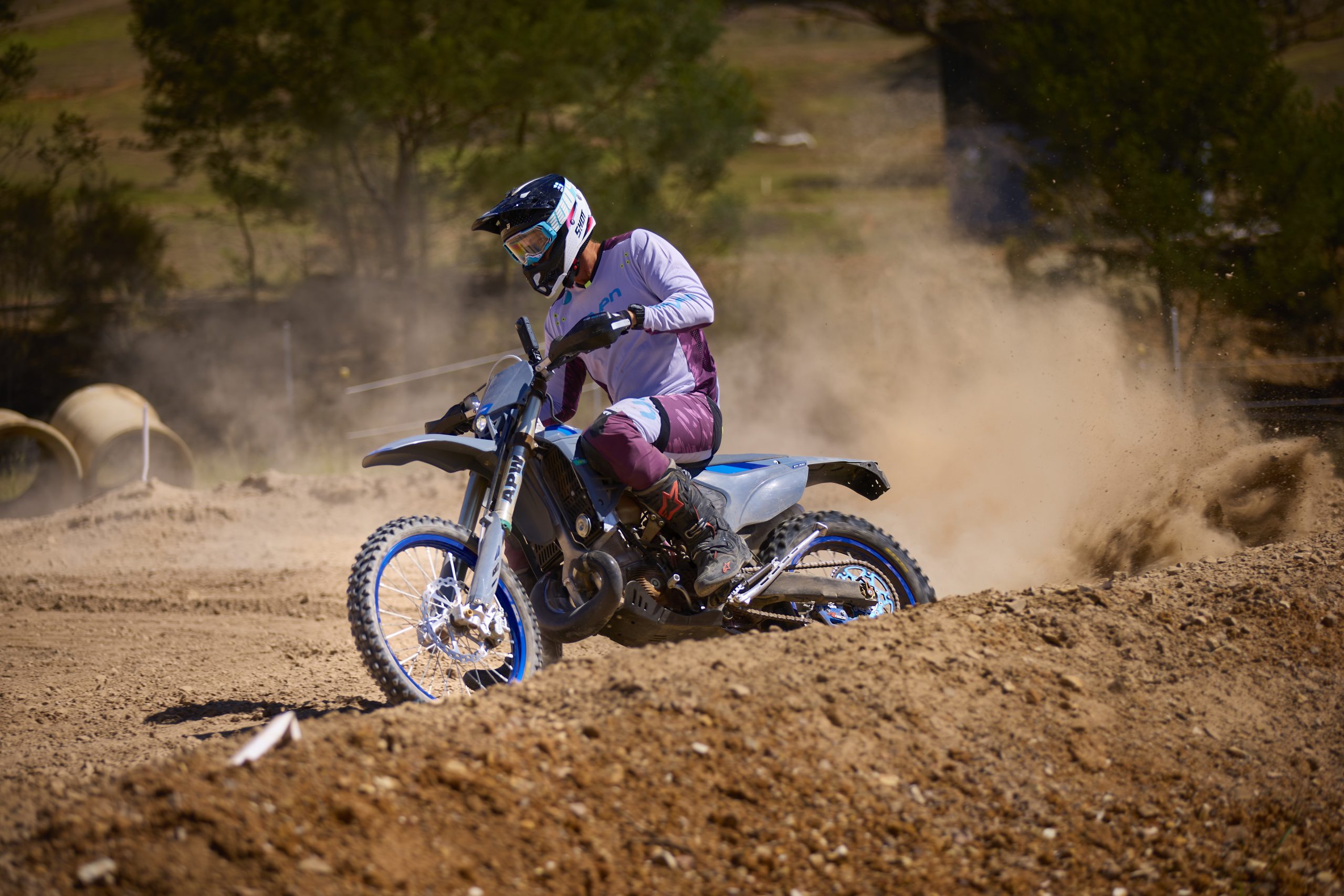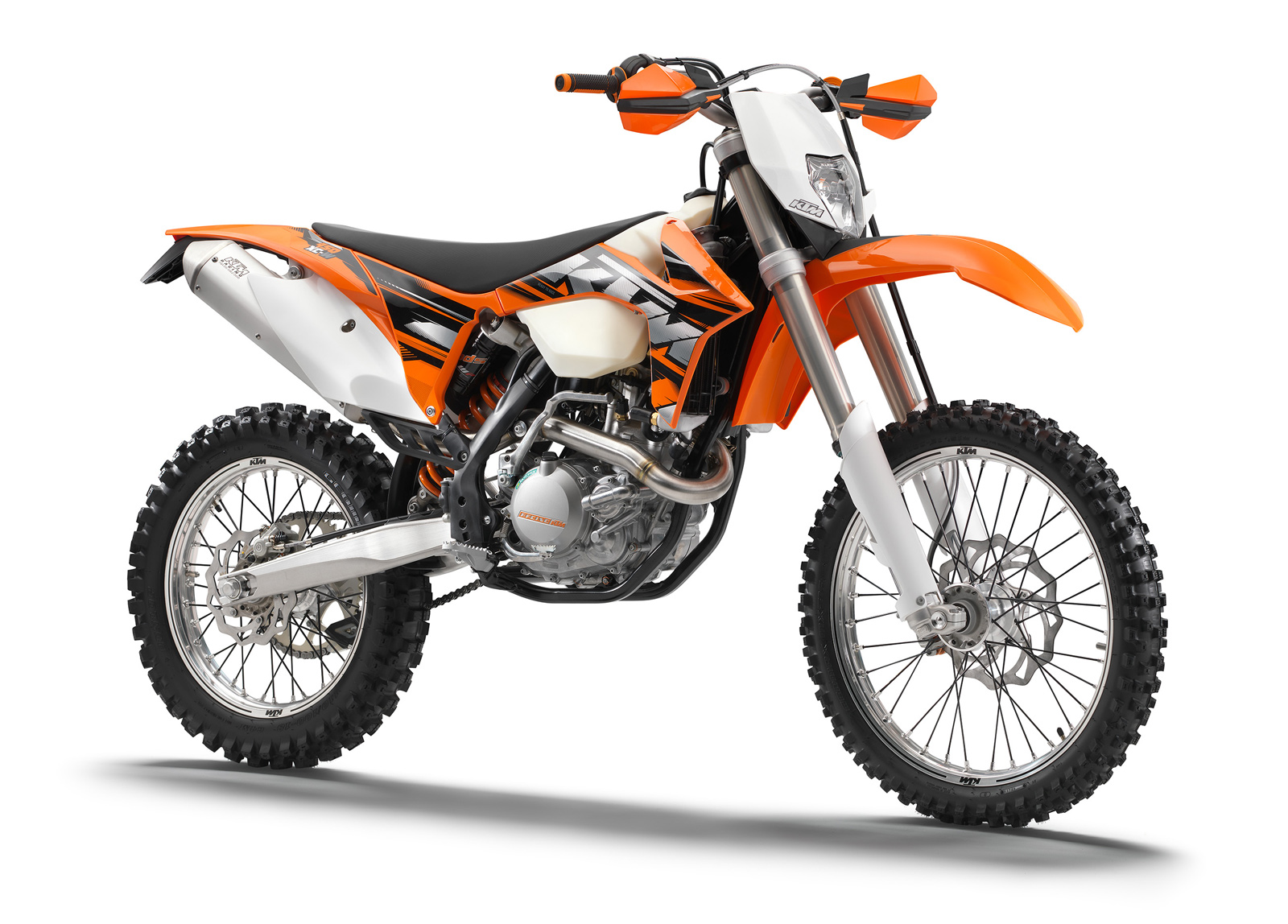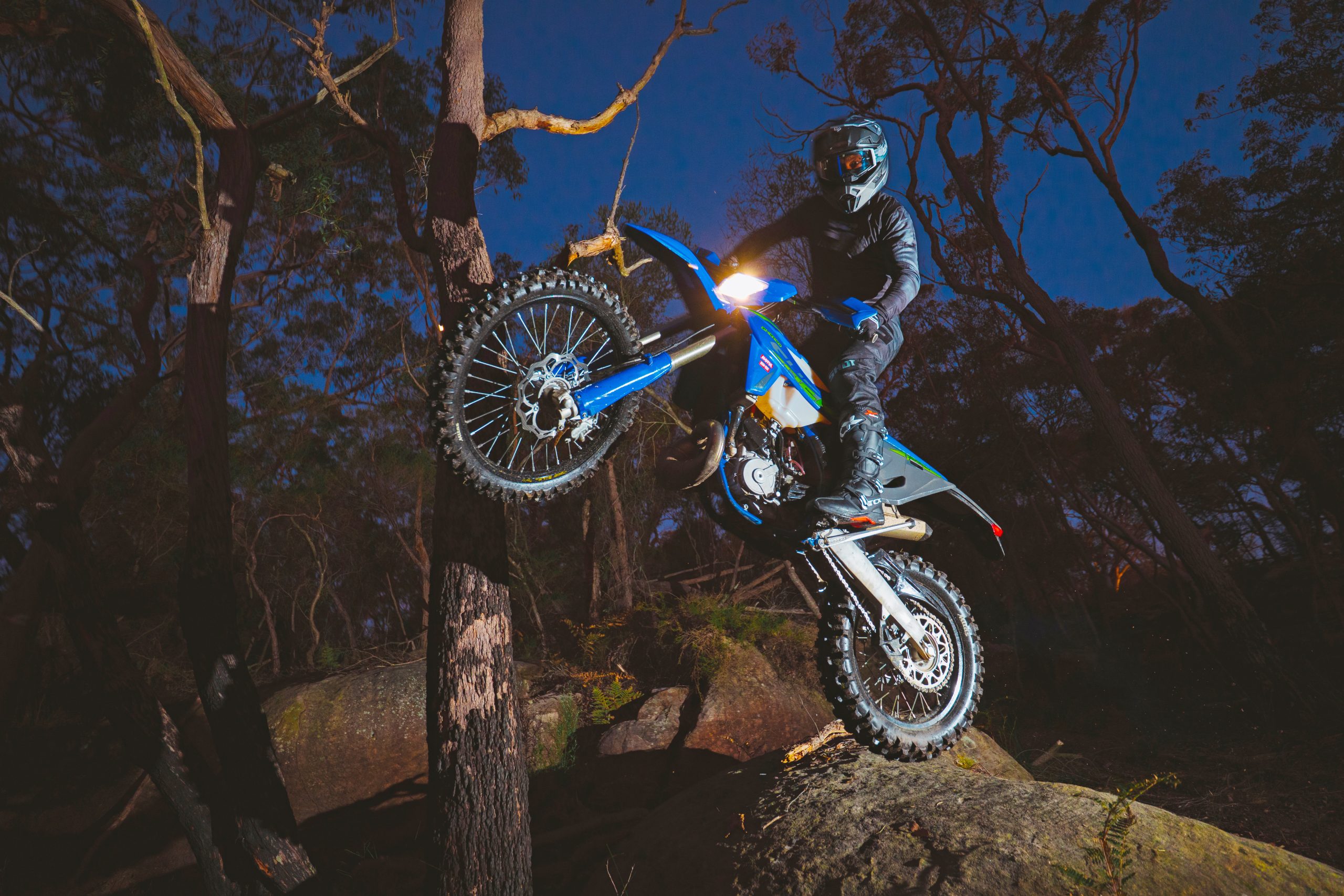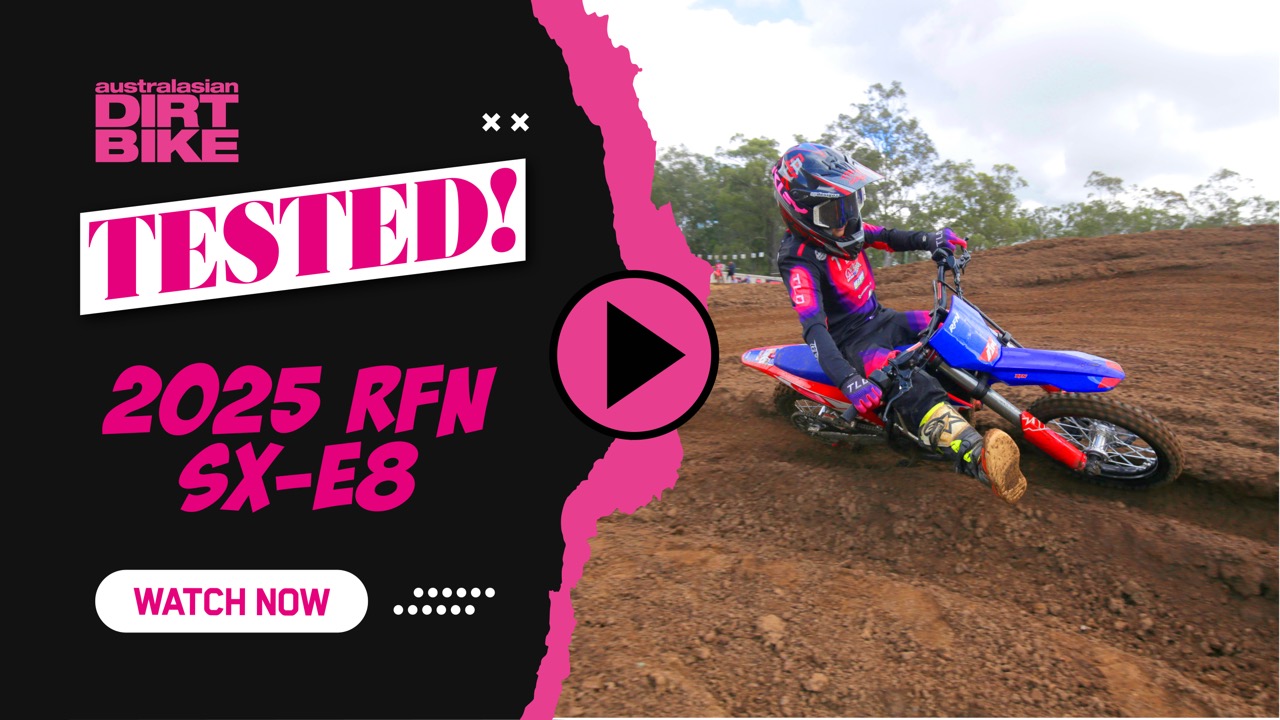Here’s a fun fact to kick things off: did you know that the 2025 Yamaha WR450F is not only Yamaha Australia’s best-selling off-road machine but also a beloved staple in Aussie bushland? If you didn’t, well, grab a cuppa because there’s a reason Aussies keep making a beeline for this big blue enduro beast. It’s been around longer than some blokes’ mullets and, like a faithful kelpie, it just keeps doing the job year in, year out.
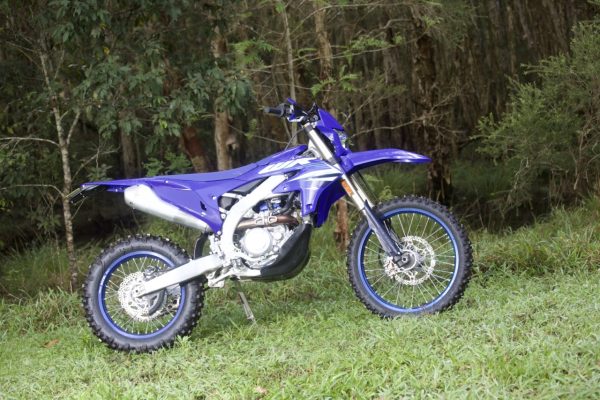
The WR450F’s history deserves a bit of spotlight. Introduced as the WR400F back in 1998, it marked Yamaha’s leap into serious enduro territory, giving off-road enthusiasts a taste of motocross DNA with a trail-friendly twist. Over the years, the displacement grew to 426cc and then 450cc, while Yamaha refined everything from suspension to electronics. The focus has always been on blending raw power with rider-friendly handling, making it a mainstay in the Australian off-road scene. And let’s not forget the development tweaks pushed by Yamaha Australia, who’ve championed making it slimmer, meaner and more capable each year.
The 2025 model rolls in with what’s affectionately known as BNG – Bold New Graphics – for those who want their WR450F looking fresh. No radical overhauls here, but honestly, when you’re riding this legend, there’s no need to reinvent the wheel. The WR formula works, and it works damn well. Thanks to Yamaha Australia’s influence on its development, each year they shave off a little bulk, make the power more usable, and ensure it remains a no-nonsense, grin-inducing trail weapon.
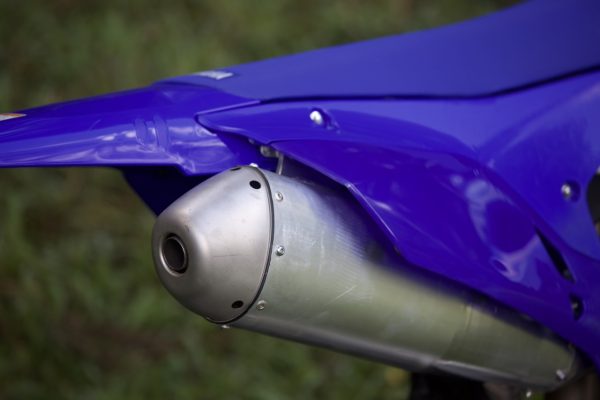
Feels Like an Old Mate, Only Better
I had the chance to give the 2025 WR450F a whirl north of Sydney, where the conditions were so spot-on it felt like nature was giving Yamaha a nod of approval. The trails offered the perfect mix of tight singletrack, open sections to stretch the throttle, and just enough gnarly to test the chassis changes Yamaha has been refining for years. The WR450F might trace its DNA to the YZ450F motocross bike, but don’t be fooled into thinking it’s just a dirt-slinging cousin. This WR has a personality all its own – a feisty mix of aggression and control that’ll keep you on your toes but reward every ounce of bravery.
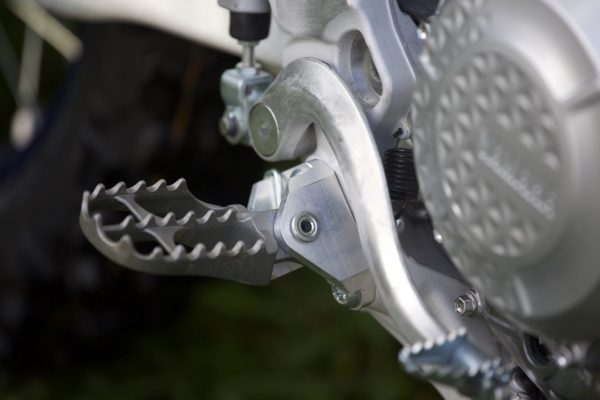
Gone are the days of feeling like you were riding a two-wheeled water tank. Yamaha has slimmed down the WR, giving it a new lease on life. It’s narrower through the midsection, meaning you can scoot your knees around the tank and seat without feeling like you’re wrestling a python. Even the plastics got a makeover, and now they’re svelte enough to make any old WR owner jealous. The exhaust has gone from a chunky ADR-approved cannon to something resembling the YZ pipe, meaning it looks good and doesn’t sound like a sad trombone.
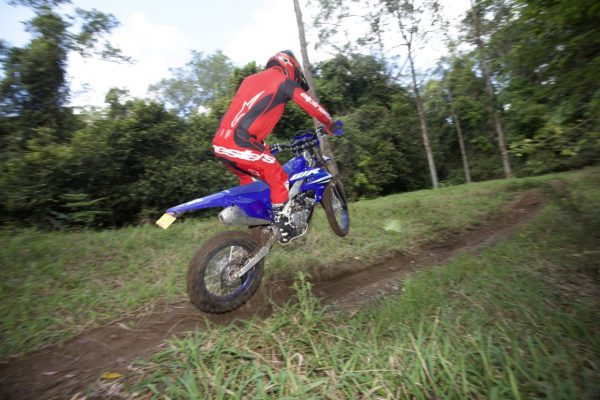
The balance between tradition and modernity is evident in every aspect of the WR. Sure, it still features a cable clutch – a feature some call “old-school” and others call “reliable as hell.” This isn’t Yamaha ignoring trends; it’s about sticking to what works. If it’s been putting smiles on riders’ faces for over two decades, why mess with it? For those who crave a hydraulic option, there’s always the GYTR kit.
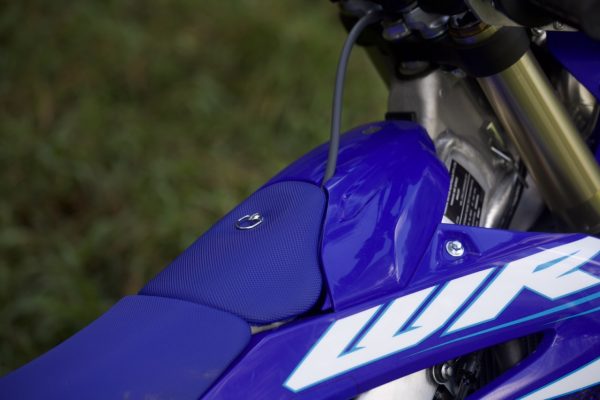
A Heart That’s All Muscle
At the WR450F’s core beats a 450cc liquid-cooled, four-stroke, DOHC, four-valve engine with a bore and stroke of 97.0 x 60.8mm and a compression ratio of 13.0:1. Fancy numbers, sure, but here’s the gist – it’s fast. Not just “oh, this is fun” fast, but “strap in and hold on” fast. The power delivery is impressive, but what sets this engine apart is how usable it is across different conditions. Yamaha’s Power Tuner app is the secret weapon here, letting you tweak the power delivery and make the bike as calm or wild as you want. Whether you want to tiptoe over rocks or go flat-out in an open paddock, the WR can handle it. It’s got that motocross edge to it, meaning it begs to be revved and pushed.
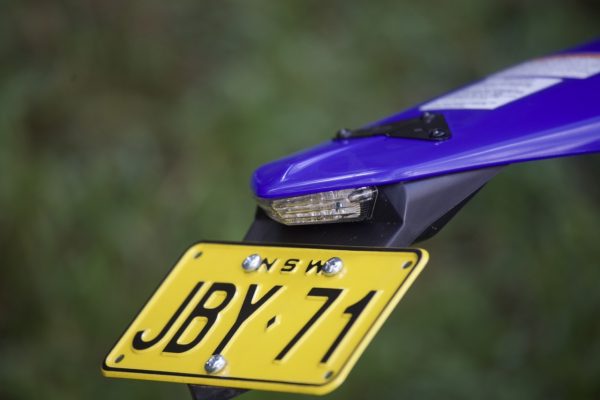
The bar-mounted map switch is a game-changer. I started the day on the mellow map, letting the blue light guide me through slicker sections. But as soon as the dirt dried up, it was game on. Full power, full fun. You want to feel like a hero on the trail? This bike makes it happen. Some may find the power a bit much, and there’s no shame in that. A quick flick of the blue button or a tap on the tuner app can calm things down. For those worried about the cable clutch, I’ll admit I was skeptical too. But it worked just fine, giving me all the feel I needed without missing a beat. Sure, there’s a GYTR hydraulic kit you can buy, but unless you’re dead-set on upgrading, the stock setup does the trick.
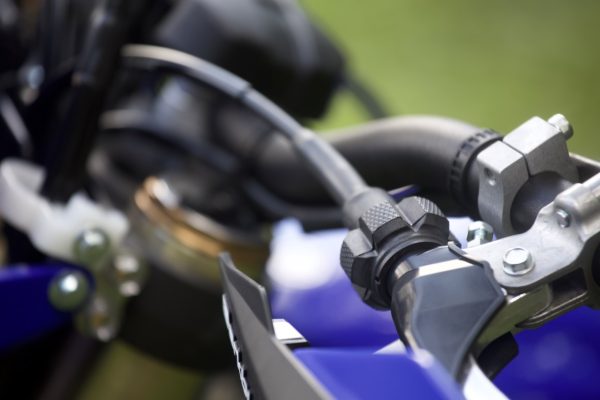
Taking on the Techy Bits
So, what happens when you leave the open terrain behind and head into the tight stuff? No worries, mate. The WR’s first gear is low enough to crawl over roots and rocks, while second and third gears provide enough torque to pull you out of corners with minimal clutch work. Speaking of which, the dreaded flameout issue that haunted older WR models seems to be mostly banished. Sure, if you really bog it down and ride a gear too high, it might sputter out, but I didn’t experience any embarrassing trail-side stalls this time around. It’s like Yamaha heard the collective groans of WR riders everywhere and decided to sort it out – mostly, anyway.
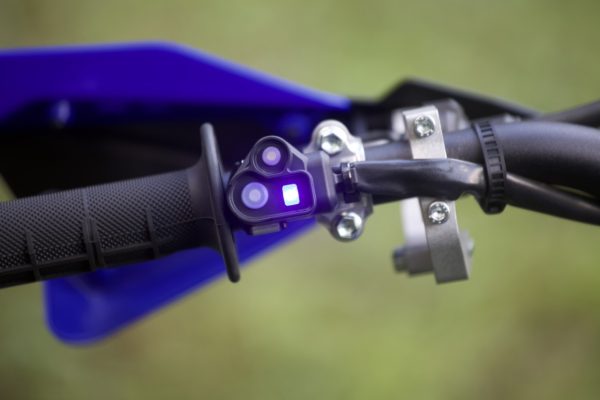
The bilateral beam frame is key to this newfound agility. Paired with a wet weight of 117kg and a 7.4-litre fuel tank, it makes the WR feel agile and planted. Even better, the Dunlop Geomax EN91 tyres dig in and keep things predictable. It’s confidence-inspiring, whether you’re crawling over logs or blitzing a trail. Seat height remains at 955mm, which isn’t exactly short, but for a bike with this kind of performance, you wouldn’t want it any lower. Besides, it makes dismounting after a sketchy hillclimb a bit more dignified.
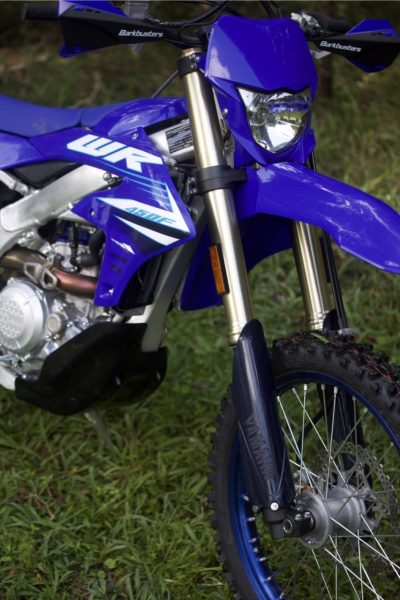
KYB Suspension: Plush and Punchy
If there’s one area where Yamaha really flexes its muscles, it’s suspension. The KYB SSS fork up front and matching KYB shock in the rear offer 300mm and 306mm of travel respectively. This isn’t a soft setup that wallows around like a lazy possum. No, the WR likes to charge. For aggressive riders, it’s perfect. You can dive into ruts, hit G-outs and throw yourself off drops with confidence. The bike doesn’t flinch, it just asks for more.
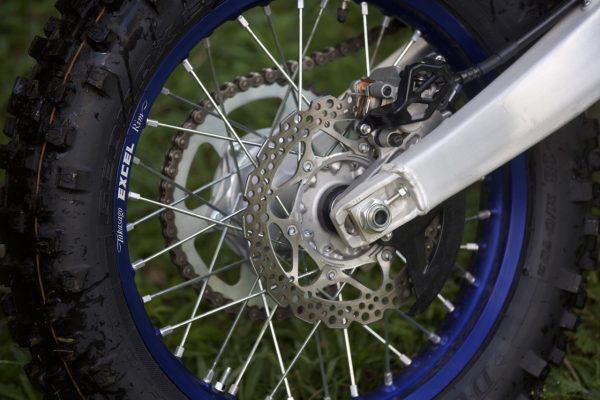
For those who prefer a slower pace, the suspension might feel a tad firm. Dialling back the compression damping helps, but for me, it’s the confidence-inspiring predictability that seals the deal. The fork soaks up the little chatter but holds strong when you hit something big. The rear end, meanwhile, tracks beautifully, putting all that power to the ground without feeling skittish. It’s a setup that lets you push your limits, knowing the bike has your back.
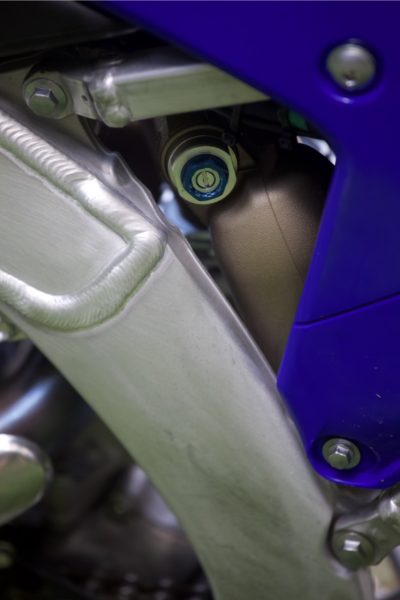
Blue Collar Workhorse with a Twist
The WR450F’s long lineage and reputation are built on being tough, dependable and fast. Its “agricultural” roots shine through with the cable clutch, but that’s part of its enduring appeal. It’s a bike you can trust to start every time, take on whatever terrain you throw at it, and come back for more. No wonder it’s beloved in the Aussie outback, where reliability and grit aren’t just appreciated, they’re required.
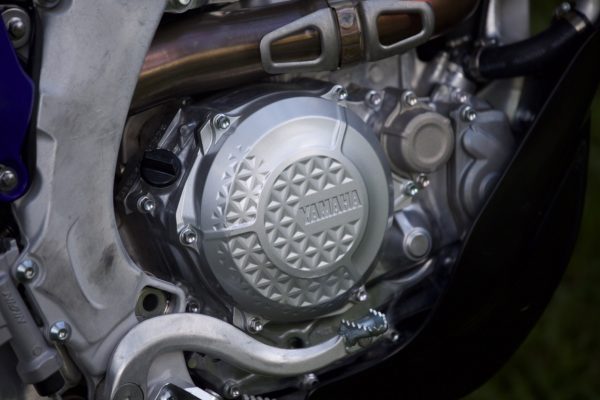
Hop on the WR450F and you’ll quickly see why it’s remained a popular choice. The engine doesn’t need tinkering; the suspension is good to go out of the box; and the ergonomics are dialled in, letting you ride without thinking too much. You’re not just buying a bike, you’re buying a slice of Yamaha’s off-road legacy, one built on generations of riders.
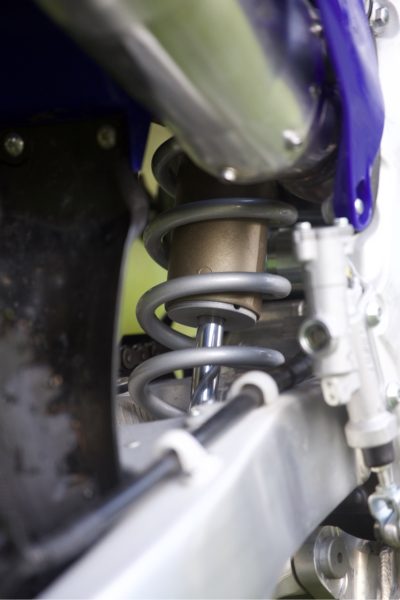
Final Thoughts
As the ride wrapped up, I reflected on how far this bike has come. From its chunky early days to its refined, modern form, the WR450F has evolved while staying true to its roots. It’s fast, reliable and, most importantly, a damn good time. Yamaha Australia deserves a nod for keeping this icon relevant while maintaining its rugged charm.
